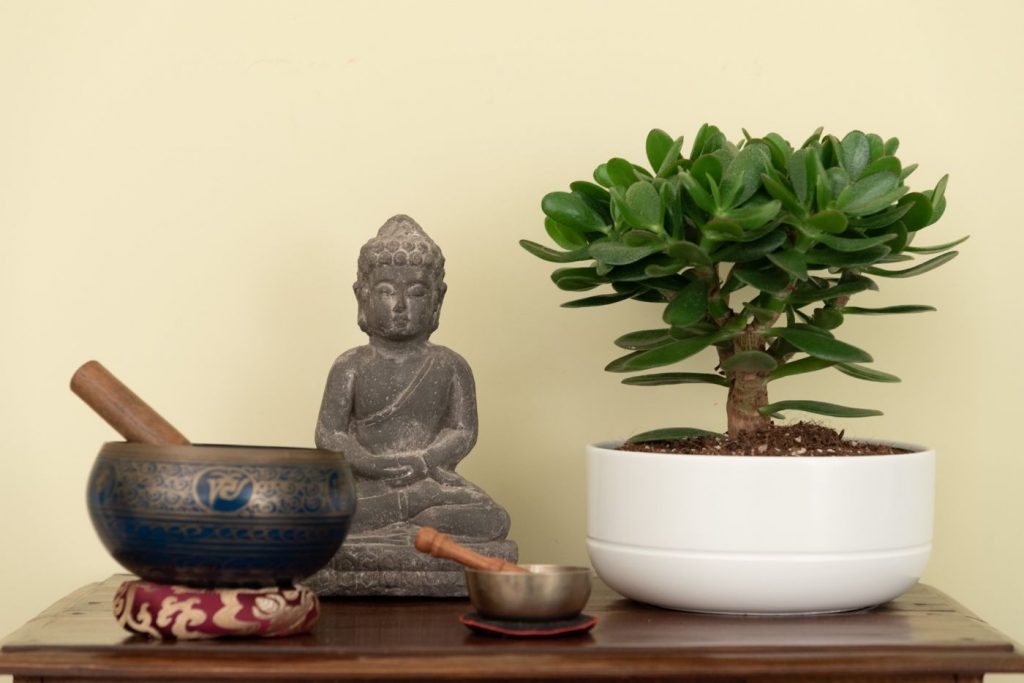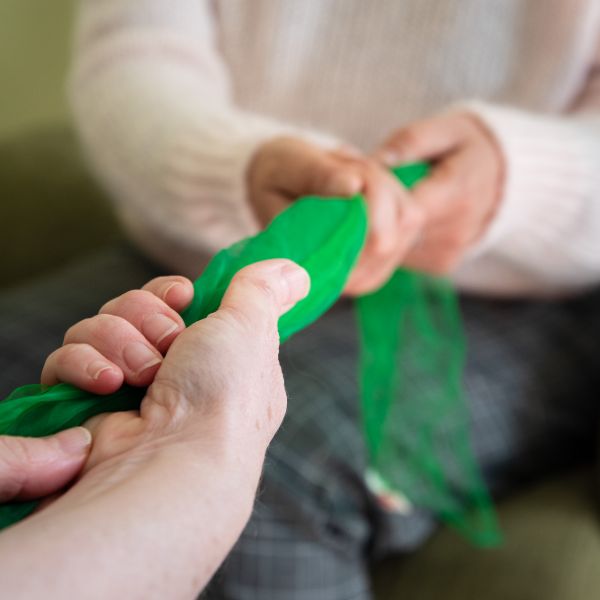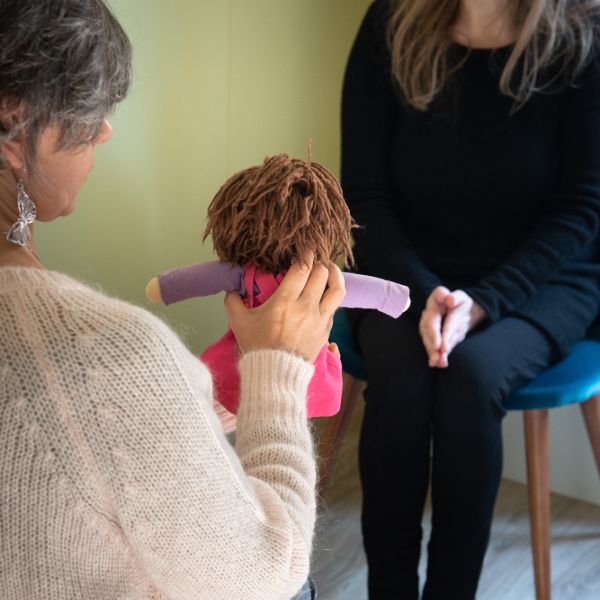My Approach
My Approach

The kind of psychological support I offer is inspired by the Hakomi Method in integration with Primary Attachment Therapy.
When clinically appropriate, my background as a musician and my familiarity with singing, dancing, and storytelling allows me to bring an artistic and expressive component into my virtual and in-person work.
Beauty then becomes a foundational part of the healing process, adding glimmers of playfulness and creativity into my office.
The Hakomi Method is a sophisticated, profound and kind approach that targets the body and the mind.
- It sees mind and body as a unity. They are equally relevant and both object of study and intervention.
- They are equally relevant and both object of study and intervention.
- it is experiential. It utilizes little experiments to discover and study the way we organize our own reality
- It works with what happens in the present moment; the attention to the “here and now” may represent a bridge towards the past.
- It aims to offer reparative experiences that support the development of a more updated, integrated, and expressed Self.
- It extensively uses Mindfulness, a specific state of consciousness in which our attention is internally oriented and awake. Mindfulness allows us to become aware of thoughts, emotions, and physical sensations we don’t usually notice.
If you want to know more about the Hakomi Method, visit the website of the Hakomi Institute. For information about training activities in Europe in English, check Hakomi Mallorca.


Primary Attachment Therapy is a kind of work geared towards bringing up relational modalities that we absorbed very early in life.
These “ways of being with each other” continue to shape the way we experience interpersonal relationships even today, and can sometimes be at the root of our sense of dissatisfaction in meeting the people we love. In summary:
- Primary Attachment Therapy focuses on neurological attachment templates created through our first relational experiences with our caregivers. Those templates, although deeply ingrained, are contextual and flexible.
- It takes place in a state of deep attunement between the psychologist and client – a therapeutic “bubble” made of kindness, empathy, and curiosity. This environment makes it possible to become aware of our automatic relational modalities and to gradually experiment with new ways of being in a relationship.
- It aims to provide a new interpersonal experience. This secure base will help mitigate the fragility of the Self and will foster the emergence of new relational awareness and modalities.
- The relationship between psychologist and client is the main focus of the work and the tool to promote change.
Watch the video of EABP (European Association for Body Psychotherapy) if you want to know more about Body-oriented approaches.
The focus on the body and the use of touch
During our work together, your physical experience – sensations, tensions, impulses to movement, gestures – will be one of our main targets of exploration and intervention, besides what you already know, believe, and remember about yourself.
Short physical contact experiences between the psychologist and the client may represent a rich source of information and a great resource under certain circumstances. The use of touch, although helpful, is optional and largely depends on how at ease you feel about it. The focus on the body is always possible without necessarily recurring to touch.
We will use touch only:
- if you are interested;
- after I informed you about the way it would happen and its goal;
- you gave your consent.


(in person or online) – Free!